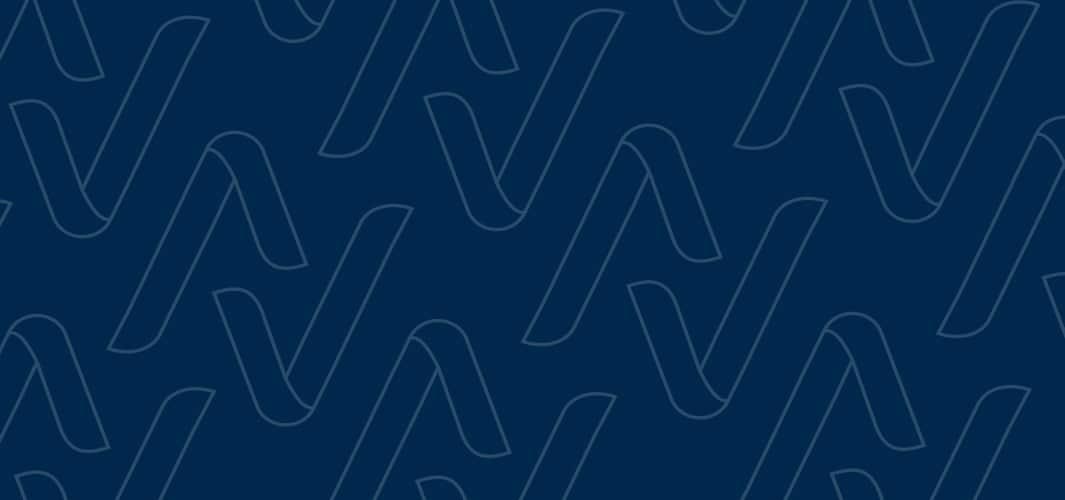
What is an NPI Number?
National Provider Identifiers (NPIs) were created to ensure for accuracy and efficiency in the health care system when it comes to transmitting information that references healthcare providers electronically, with an aim to help reduce fraud and abuse. That is, with so many possible variables, a system of unique numerical identification for each provider was a clear way to streamline operations.
With use mandated by the Administrative Simplifications program of the Health Insurance Portability and Accountability Act (HIPAA) of 1996, NPIs achieved functionality in October 2006, when the Centers of Medicare and Medicaid Services (CMS) began issuing them to each healthcare provider. Commercial insurers use these valid 10-digit NPI numbers as well to conduct NPI provider searches. Note that NPIs do not encode any information about the given health care provider; they are purely an identifier, as their name indicates.
Who Needs an NPI Number?

Individual healthcare providers whose activities are under the jurisdiction of HIPAA must have an NPI – if for no other purpose than for all of their electronic transactions that pertain to HIPAA regulations, though once NPIs came into use, NPI registry searches take place more commonly than for those under the jurisdiction of HIPAA alone (see below). Note that NPIs are assigned to the providers they identify on a permanent basis, even if the providers change jobs, locale, or name.
These individual providers include physicians, dentists, nurse practitioners, midwives, pharmacists, physician assistants, physical therapists, occupational therapists, athletic trainers, and more. As an example, a doctor NPI lookup would mean first conducting the NPI search by name, and thereby obtain the NPI number, or alternatively, search the NPI registry for all doctors, and hone in on the ones under scrutiny, find their NPI, and then search via the NPI number. Organizational healthcare providers for whom NPIs are mandated include hospitals, pharmacies, laboratories, home health care agencies, residential treatment centers, nursing homes, medical equipment companies, and more.
Note that some of those who work in the healthcare industry are nonetheless not considered healthcare providers, and they are not required to register for an NPI (although they still may be listed on exclusion lists and must be checked for). Medical billing personnel, for example, as well as others who provide support services (such as a custodial team or orderlies) fall into this exempt category.
Beyond HIPAA Transactions
So when are NPIs used beyond when they must be for HIPAA regulated transactions? Well, for example, healthcare providers may choose to identify themselves or other healthcare providers via their NPIs in correspondence, in internal files, on prescriptions, and when healthcare providers coordinate health plans with other healthcare providers. Moreover, any electronic record system may use NPIs in patient records, where a treatment facility or physician of record is identified, or any time legal identification is required, for that matter. And most importantly for the matter at hand, a few years ago the OIG began updating their exclusion lists with NPI numbers, making the screening process far more accurate.
NPIs and the OIG LEIE
Now, the logistics of cross-referencing healthcare providers with the OIG’s exclusion lists by means of the healthcare providers NPIs are not quite as simple as one might wish them to be. The capabilities of being more accurate has most definitely increased since the OIG started upgrading their federal and state databases to include NPIs. In fact, using a unique numerical identifier is far less subject to error than entering people’s names and so on, where a misspelled name in the record, for example, could lead to a false negative for someone who really has been excluded – or, for that matter, a false potential match, for someone who has not. So you really want to make sure you have every provider’s NPI on file. The concern, however, is making sure that the database for the exclusion lists is current. If it is not, then having the NPI will not help you determine which employees are on the exclusion lists. The CMS updates NPI files on a weekly basis, providing simply the “delta” of changes from the week before. Each month, however, the NPI file is replaced fully. When checking your employees and workers, therefore, make sure that you have the current “incremental” NPI file, and that when the monthly update takes place, you are using the most recent version of the database.
Streamline Verify Solution
Streamline Verify’s web application uses NPI numbers to make the exclusion screening process even more streamlined. Once clients provide the NPI numbers of their providers and upload it to their account, our application is able to run it against the OIG LEIE and all exclusion databases and deliver back in seconds any matching NPIs. With these results our clients can be rest assured that any NPI matches are accurate, empowering our clients with the confidence they need to make compliant-sound decisions.



































